Winners of the 2024 Postdoc Palooza Day Event
Most Comprehensive Seminar:
Javad Sadeghi
Cecilia Gimenez
Most Entertaining Seminar:
Lacey Bobier
Most Intriguing Seminar:
Victoria Pokusaeva
When and Where
Thursday, April 18, 2024, 9:30 am to 5:00 pm
Environmental Sciences Building- Catalyst Centre, UTSC
Description
Join us in-person on April 18, 2024 (9:30 - 5:00 pm) in the Catalyst Centre for a day of short presentations, delicious food and prizes. Each presentation will be a 7-minute "elevator pitch" to accommodate the breadth of research work across UTSC. This is a wonderful opportunity to connect with your fellow postdoc colleagues and showcase your research. The event is free and open to all UTSC Postdoctoral Scholars.
Prizes will be given in the following categories:
- Most Comprehensive Seminar
- Most Entertaining Seminar
- Most Intriguing Research
Audiences
Event Schedule
Registration Check-in | 9:30 am - 10:00 am
Attendees are requested to begin arriving at the event venue.
Session 1 | 10:00 am - 11:25 am
Welcome & Land Acknowledgement - Rene Harrison, Vice-Dean of Graduate and Postdoctoral Studies
Attendees will listen to short research presentations from 4 postdoctoral scholars and will have the opportunity to ask questions to the researchers in small groups. Please see the information below on the postdoctoral scholars and their research.
Beyond technological fixes - Fostering justice and equity in the transition to sustainable heating technologies in Canada (FITTING) | Daniela Salite
The dynamic interplay between perception and value | Matthew Bachman
Small Bugs, Big Benefits: The impact of microbes on host health | Javad Sadeghi
Playing hide and seek with host cells: The intracellular journey of birnaviruses | Cecilia Gimenez
Break | 10:50 am
Dress Coded: Schools’ Policies of Embodiment and the Production of Gender Inequality | Lacey Bobier
Ninein protein: Laying the skeleton of immune cells | Safia Omer
Lunch | 11: 25 am
Discussion session over lunch: Equity, diversity and inclusiveness statement
Session 2 | 1:00 pm - 3:00 pm
Attendees will listen to short research presentations from 4 postdoctoral scholars and will have the opportunity to ask questions to the researchers in small groups. Please see the information below on the postdoctoral scholars and their research.
Knowing without learning: how behaviours emerge from neuronal differentiation in the hindbrain | Victoria Pokusaeva
Voicing Afro-Cubaneity: Afro-Cuban Poetics and History-Making in Havana Today | Pablo Herrera Veitia
COGNITIVOX: Cognitive, behavioral, and physiological investigations into information, misinformation, and social bonding functions of human language | Nathaniel Oesch
Voting | 1:40 pm
My Journey to the First Academic Position | Gwangseok Yoon
Postdoc Mix n' Mingle | 3:00 pm - 5:00 pm
For those who came to the event, please take a few moments to fill out our feedback form.
Photo Gallery
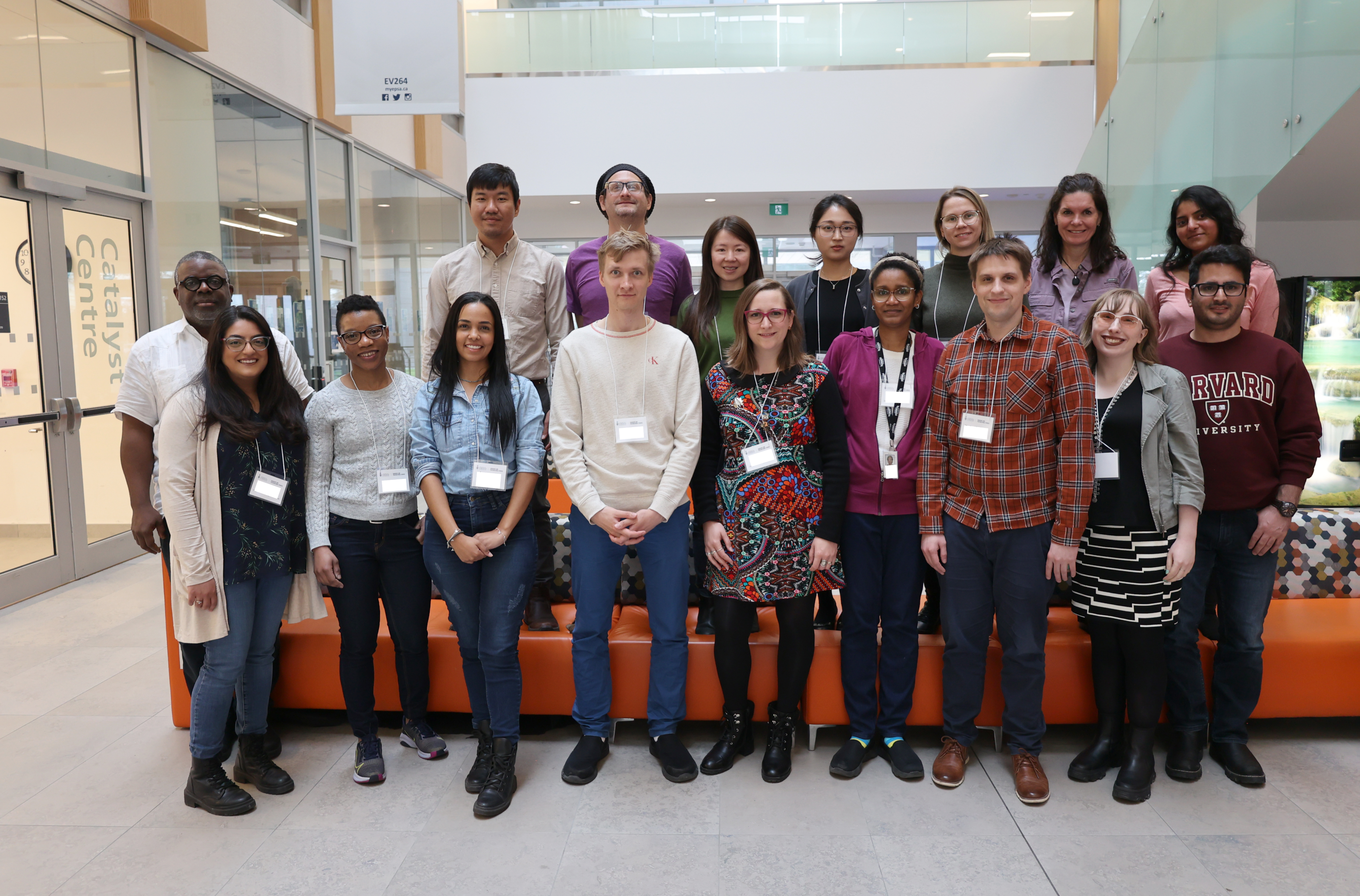
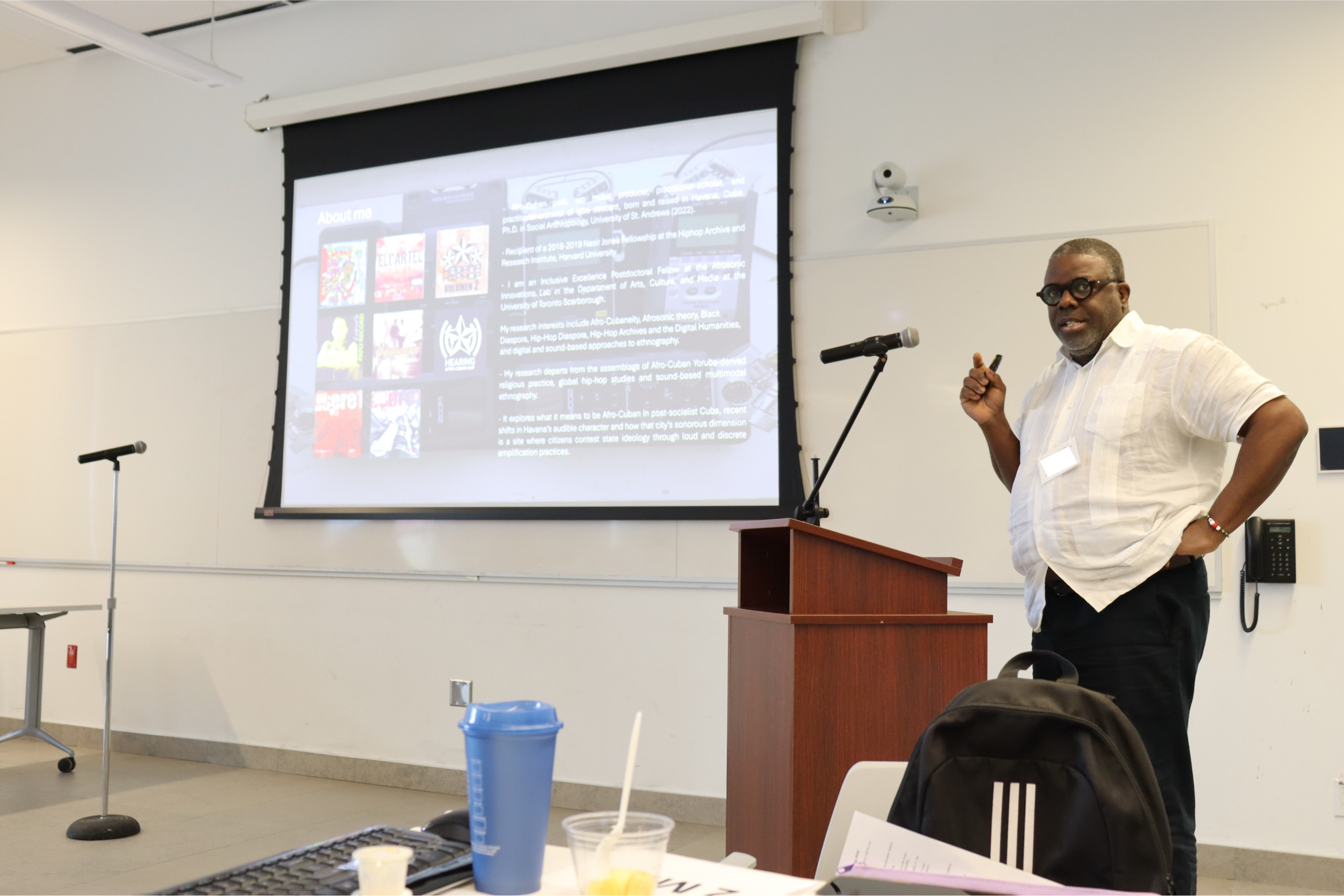
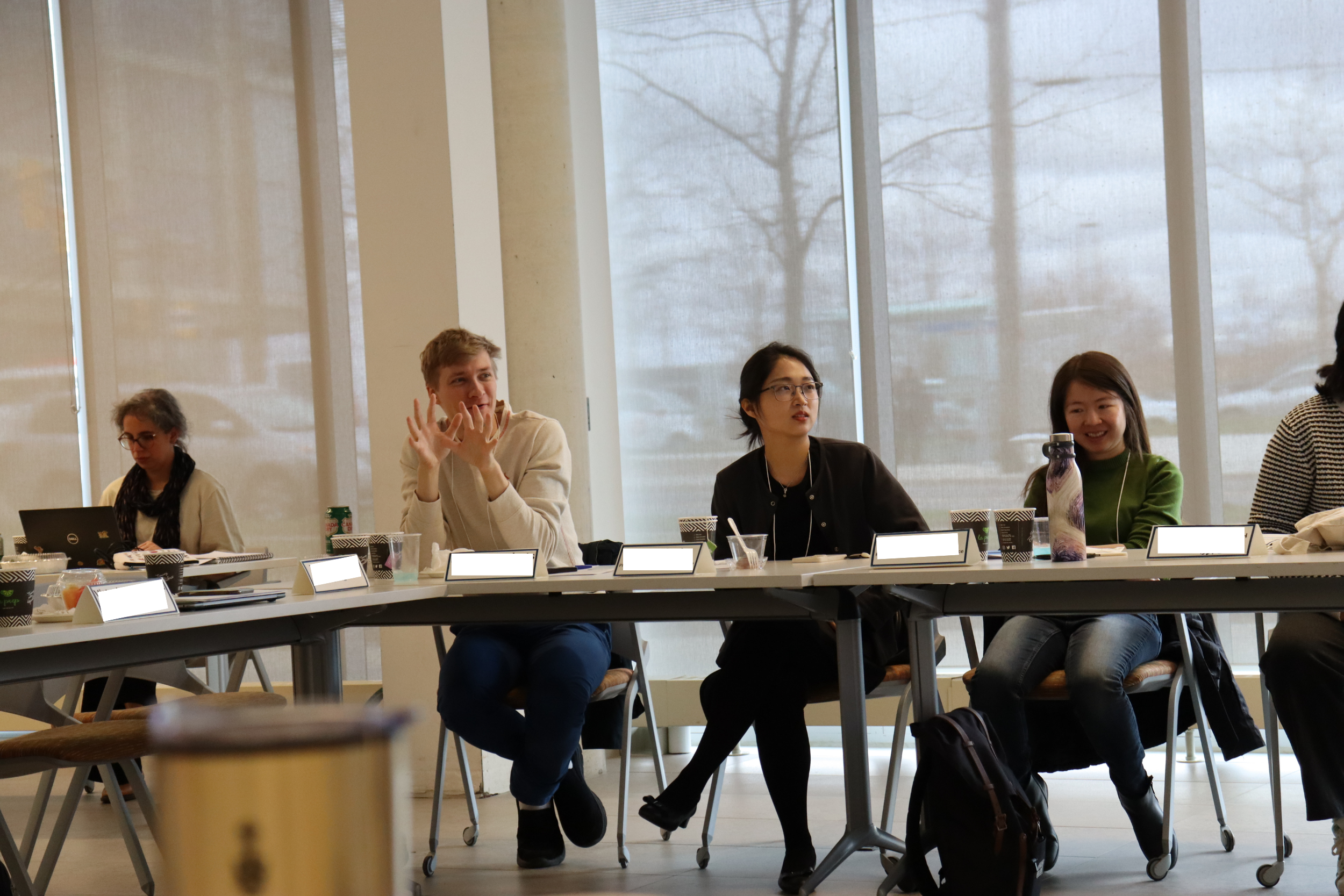
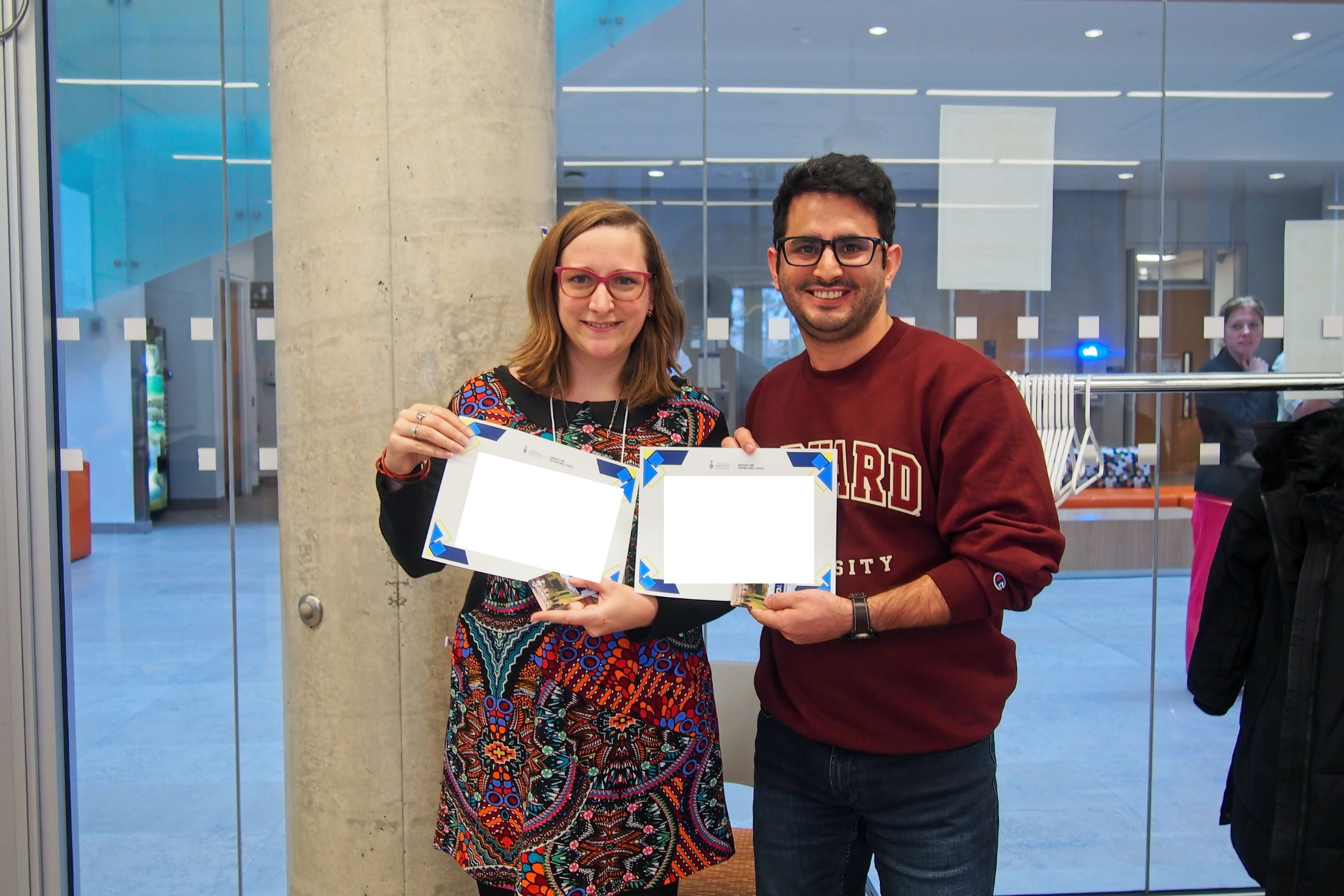
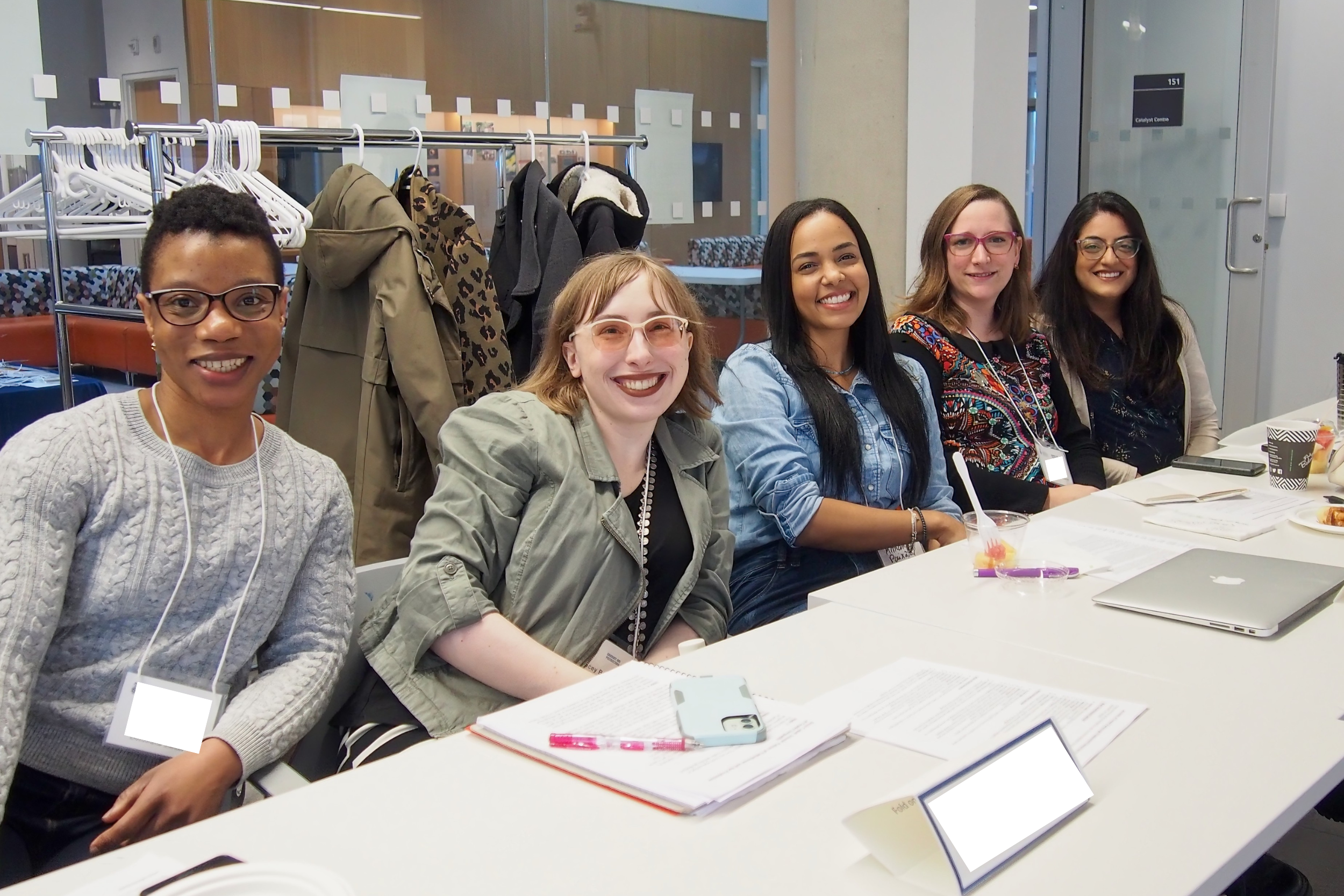
Beyond technological fixes - Fostering justice and equity in the transition to sustainable heating technologies in Canada | Daniela Salite
The dynamic interplay between perception and value | Matthew Bachman
Small Bugs, Big Benefits: The impact of microbes on host health | Javad Sadeghi
Javad will be speaking about phylosymbiosis between host and their microbiome.
Playing hide and seek with host cells: The intracellular journey of birnaviruses | Cecilia Gimenez
RNA viruses employ a variety of evasion mechanisms to shield their genetic material from host cells surveillance. One for example, is the exploitation and remodeling of host cell organelles and pathways to build replication organelles. Replication organelles have unique structural and functional properties and are made of both viral and host molecules. The infectious bursal disease virus (IBDV) and the infectious pancreatic necrosis virus (IPNV) are primary avian and fish pathogens of poultry and aquaculture industries, respectively. These dsRNA viruses exploit the endocytic machinery to replicate in the cytosol of host cells. IBDV replicates in association to the cytosolic side of endosomes and in close association with the Golgi complex, the later key for viral assembly. IBDV and IPNV replication on endosomes depend on the interaction between the viral protein VP3 and the Phosphatidylinsositol-3-Phosphate (PtdIns3P), an early endosomal signaling membrane lipid. How does VP3 accomplish this process? We began by characterizing the molecular features of VP3-associated endosomes. We found these endosomes are hybrid organelles that bear molecules of early (Rab5 and PtdIns3P) and late (Lamp proteins, but not Rab7) endosomes, and lack degradative capacity. These compartments engage with a subset of molecules from the retrograde pathway, the sorting nexins 1 and 2, and are positioned at the peri/juxta-nuclear region of the cell, in close association with the Golgi complex. Depletion of sorting nexin 1 in host cells reduces viral replication, whereas the disruption of cell microtubules shifts VP3-bearing endosomes from
perinuclear to peripheral, but it does not disrupt its association with the Golgi complex, nor affects viral replication. We propose a model by which birnaviruses exploit VP3-PtdIns3P interactions to build their replicative organelles using specific molecules of the retrograde transport to divert towards the retrograde pathway and dock at the Golgi complex for viral assembly.
Dress Coded: Schools’ Policies of Embodiment and the Production of Gender Inequality | Lacey Bobier
Ninein protein: Laying the skeleton of immune cells | Safia Omer
Knowing without learning: how behaviours emerge from neuronal differentiation in the hindbrain | Victoria Pokusaeva
Voicing Afro-Cubaneity: Afro-Cuban Poetics and History-Making in Havana Today | Pablo Herrera Veitia
COGNITIVOX: Cognitive, behavioral, and physiological investigations into information, misinformation, and social bonding functions of human language | Nathaniel Oesch
Typical human information transmission - historically, and still now - generally occurs through
word-of-mouth, also known as conversational dialogue. Indeed, apart from conveying relevant information, social discourse constitutes one of the most important facilitators for creating and maintaining social relationships. Anthropologist Robin Dunbar has further argued that - in contrast to non-human primates where social bonding is generally achieved through social grooming - humans have been able to bond much larger communities, by finding novel ways to trigger endorphins without direct physical contact through forms of ‘grooming-at-a-distance’, thereby probably constituting the primary driver for the evolution of human language.
Unfortunately, taken to the extreme, this foundation of human relationships is also often responsible for strong attitudes of human coalitionary cognition, as well as for facilitating the spread of potentially harmful misinformation campaigns. Indeed, this issue is crucially important, as it is not fully understood the mechanisms by which misinformation campaigns first achieve their unique stranglehold over basic human logic and common sense. In particular, this includes the widespread aversion to socially-mandated vaccination programs (including the recent COVID-19 pandemic), skepticism of the Moon landing, lack of confidence in a round Earth, 9/11 conspiracy theories, religious extremism including the Branch Davidian movement as led by David Koresh, and general anti-science sentiments. In summary, the factors associated with misinformation campaigns are not fully understood.
Though previous research has shown that gossip promotes social bonding, the complex relationship between truth, misinformation, social bonding, coalitionary cognition, endorphin activation, and resistance to misinformation has yet to be fully investigated. In addition, these same studies did not also include validated measures of: coalitionary cognition, such as the Identity Quantification Scale (IQS), and potential resilience to misinformation, such as the Mental Immunity (MI) scale. In summary, it is not well understood how human communication facilitates social bonding, coalitionary cognition, and enlightens or discourages the pervasive spread of misinformation campaigns across modern societies.
Nathan Oesch is an evolutionary psychologist interested in the origin and evolution of human intelligence; in particular, the evolution and biological function of human language. Broadly speaking, Nathan is interested in understanding why language is unique to humans, using theories and methods based in psychology, anthropology, linguistics, social neuroscience, and social network analysis. More specifically, recent work has focused on investigating information and misinformation transmission, social bonding, coalitionary cognition, and 'mental immunity' against misinformation.
Nathan completed a BS in Psychology, Philosophy and Evolutionary Biology in the College Scholars Program from the University of Tennessee in 2000, MSc in the Evolution of Language and Cognition in the Department of Linguistics and English Language from the University of Edinburgh in 2006, and DPhil in Evolutionary Psychology in the Department of Experimental Psychology from the University of Oxford in 2017. Before embarking on a career in experimental psychology, Nathan worked for many years in behavioral genetics research at Johns Hopkins and the National Institutes of Health. Nathan's background further includes expertise in primatology, genetics, animal behavior, psychometrics, ecology and evolution, behavioral physiology, language development and syntax, and the anthropology of music.